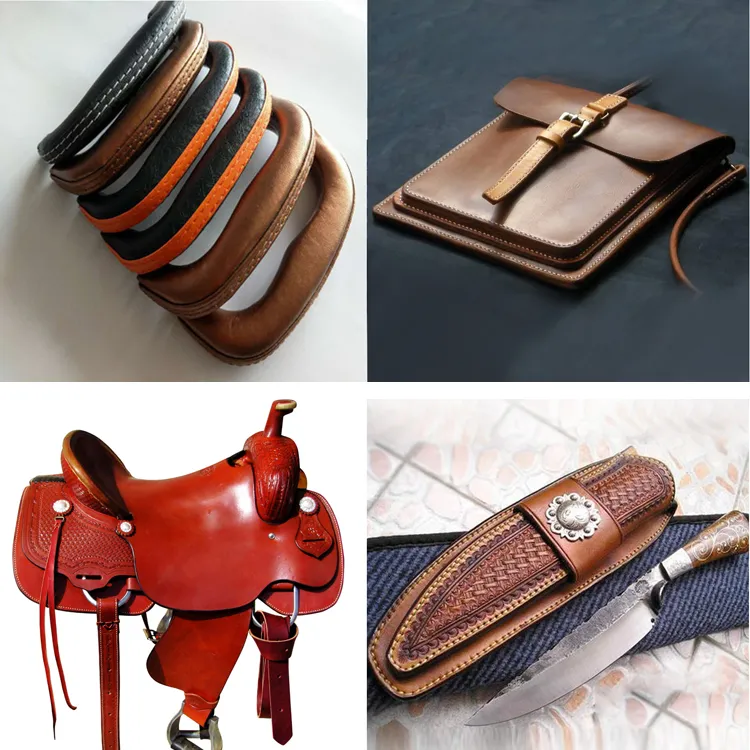Sewing Leather Successfully Using a Standard Sewing Machine Techniques and Tips
Sewing Leather with a Regular Sewing Machine
Sewing leather can be an intimidating task for many, especially if you’re accustomed to working with lighter fabrics. However, with the right techniques and tools, you can successfully sew leather using a regular sewing machine. This article will guide you through the essentials of sewing leather, ensuring a smooth and gratifying experience.
Choosing the Right Leather
Before you start sewing, it’s crucial to select the right type of leather for your project. Leather comes in various weights and finishes, from lightweight suede to heavy cowhide. For beginners, it’s advisable to start with a medium-weight leather or a synthetic leather, as they are easier to handle and sew. Always choose a leather that suits your project requirements, considering factors like flexibility, durability, and appearance.
Preparing Your Sewing Machine
To ensure your regular sewing machine can handle leather, a few adjustments may be necessary. First, replace your standard needle with a heavy-duty needle or a leather needle, which is specifically designed to penetrate thicker materials without causing damage. A size 90/14 or 100/16 needle is typically suitable for most leather types.
Next, consider using a walking foot or a Teflon foot, if available. A walking foot helps to evenly feed the leather through the machine, preventing it from sticking and ensuring a smooth stitch. A Teflon foot allows the leather to glide more easily, reducing the chance of any slipping or puckering during sewing.
Thread Selection
Choosing the right thread is another critical aspect of sewing leather. Polyester thread is a popular choice because of its strength and durability. It’s also less likely to break under tension compared to cotton thread. Ensure the thread color complements the leather; sometimes, contrasting colors can enhance the aesthetic appeal of your project.
sewing leather with regular sewing machine

Preparation and Cutting
Once you have your materials and machine ready, the next step is cutting the leather. Use a sharp rotary cutter or a utility knife for clean edges, and ensure you’re working on a cutting mat to protect your surfaces. Always measure twice and cut once to avoid mistakes, as leather is a material that doesn’t forgive errors easily.
Sewing Techniques
When you start sewing, set your machine to a longer stitch length, typically around 3.0 to 4.0 mm. This reduces the amount of perforation in the leather, which can weaken the material. Start sewing slowly, allowing the machine to feed the leather through without forcing it. If you encounter thick seams, it may help to use a hump jumper or extra pieces of scrap leather to keep the presser foot level.
Finishing Touches
After stitching your leather, it’s essential to finish the seams properly to prevent fraying. Use a leather-specific glue or seam sealer to secure any raw edges. You might also consider edge finishing products like edge paint to enhance the visual appeal and durability of your seams.
Finally, clean your leather project with a soft cloth after sewing to remove any dirt or oil from handling. Conditioner specifically designed for leather can help maintain its appearance and prolong its life.
Conclusion
Sewing leather with a regular sewing machine opens up a world of creative possibilities. By choosing the right materials and tools, preparing your machine correctly, and using the right techniques, you can create beautiful leather projects with ease. Whether it's handbags, wallets, or clothing, with practice, you’ll gain confidence and skill, turning your leather sewing endeavors into successful and rewarding experiences. Embrace the challenge and let your creativity shine!
-
Boost Production Efficiency with a Pattern Sewing MachineNewsAug.29,2025
-
Industrial Excellence with the Best Heavy Duty Sewing MachineNewsAug.29,2025
-
Precision and Power with the Best Pattern Sewing MachineNewsAug.29,2025
-
Reliable Bulk Packaging Starts With the Right FIBC Sewing MachineNewsAug.29,2025
-
Advanced Packaging Solutions: Elevate Productivity with Jumbo Bag Sewing Machine and Industrial Stitching EquipmentNewsAug.29,2025
-
High-Performance Solutions for Bulk Packaging: FIBC Sewing Machine and MoreNewsAug.29,2025
-
Maximize Efficiency with an Industrial Cylinder Arm Sewing MachineNewsAug.28,2025


























